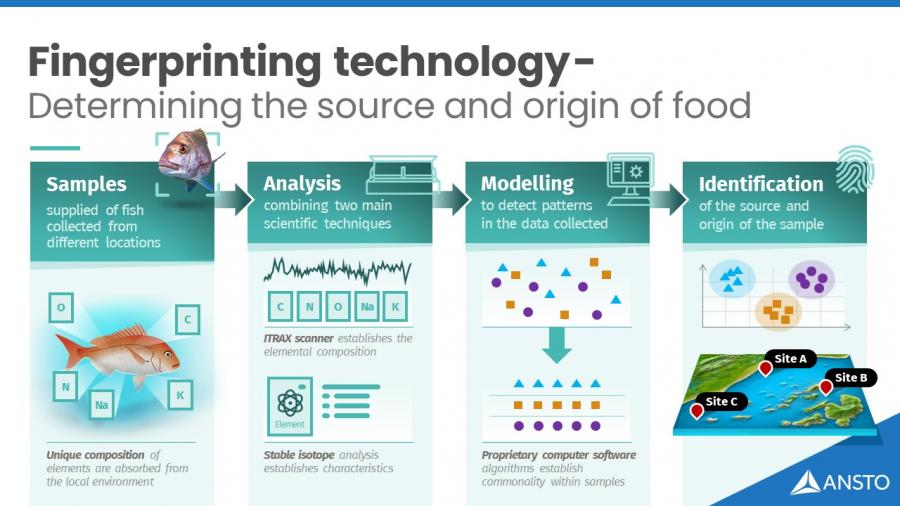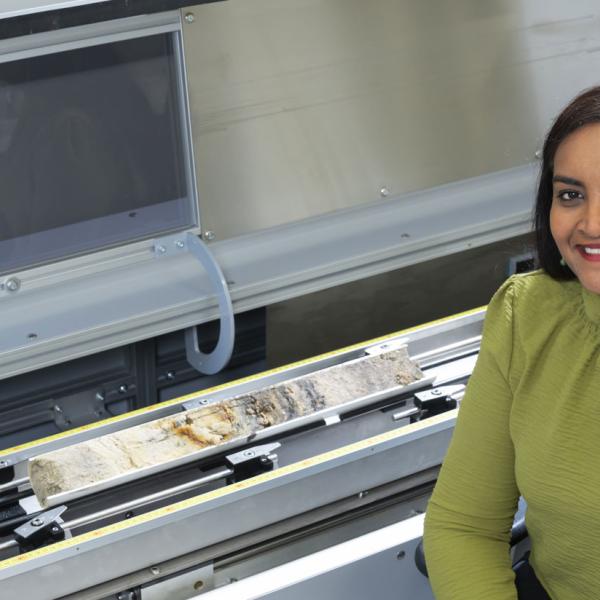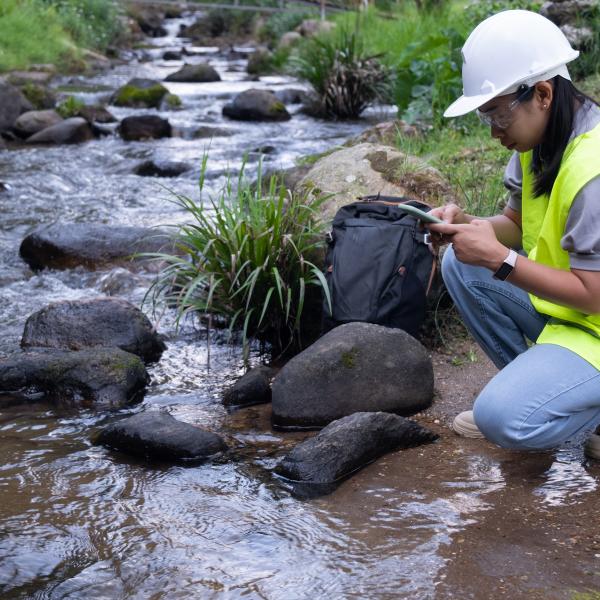

Published on the 20th January 2022 by ANSTO Staff
Key Points
-
ANSTO’s food provenance research has made progress on the development of a handheld technology for off-site assessments and an expansion of the work to other seafood species
-
The approach has been validated with an accuracy of greater than 85 per cent
-
The approach is comprised of the use of stable isotopes, X-ray fluorescence scanning, ion beam analysis, and a mathematical model
ANSTO’s food provenance research gathers momentum with progress on the development of a handheld technology for off-site assessments of the origin of tiger prawns and an expansion of the work to other seafood species.
The seafood provenance team, in collaboration with universities, industry, and government, has developed an innovative approach to determine the geographic origin of seafood using environmental fingerprints with more than 85 per cent accuracy.

The fingerprint of a fish, crustacean, or bivalve is formed by the unique combination of elements absorbed from the local environment.
The fingerprint can be generated using three analytical techniques, stables isotopes, X-ray fluorescence scanning, and ion beam analysis, to identify and measure the quantity of elements in the sample and interpret the data with a mathematical model developed at ANSTO.
The lab-based approach was validated at ANSTO on a variety of seafood samples in collaboration with the University of NSW, Macquarie University, Sydney Fish Market, and the National Measurement Institute and subsequently expanded to the development of portable technology with the funding support from the Department of Agriculture, Water and Environment.
ANSTO organised an online workshop late last year to showcase progress on the development of the portable scanning technology and the creation of fingerprint databases and discussions on the path forward to maintain and expand the project.
More than fifty-two participants from a range of seafood industry, governmental, and universities attended the workshop virtually.
“We were able to confirm for our partners the viability of the approach, which has an accuracy of more than 85 percent, which is similar to our lab-based approach,” said Mazumder.
The provenance team tested and adapted a portable X-ray fluorescence scanner, supplied by Olympus Australia.
"The device has, so far, been calibrated using tiger prawns, with oysters and fin fish species the next stage in development to build up the fingerprint databases and work out how to make a commercially viable technology available,” said Mazumder.
The Department of Primary Industry Fisheries also supports work on oysters, drawing on its network of oyster farmers.
Because of public, industry, and government interest in seafood provenance research, Dr Mazumder was interviewed by ABC Radio late last year about the research.
Listen to the interview below.




